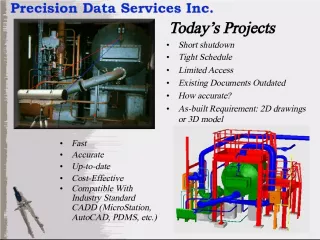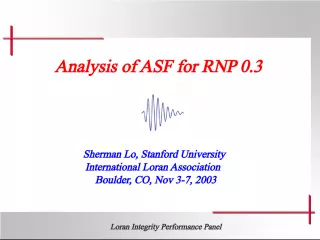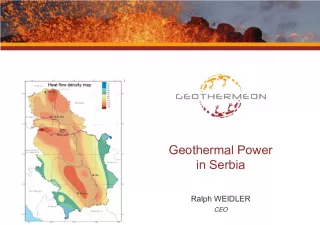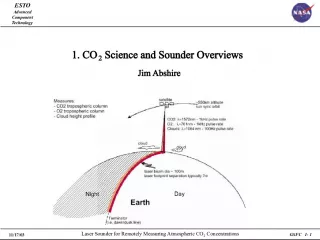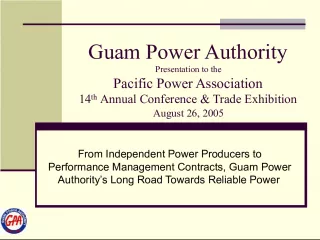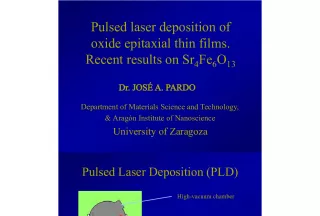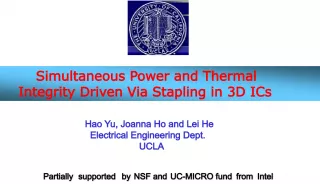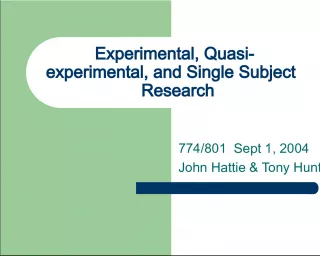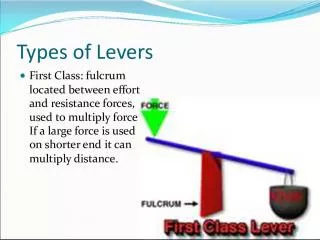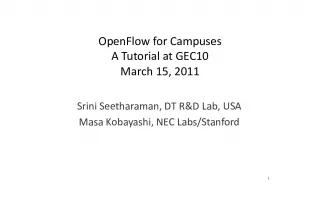High Power Laser Development at Stanford University
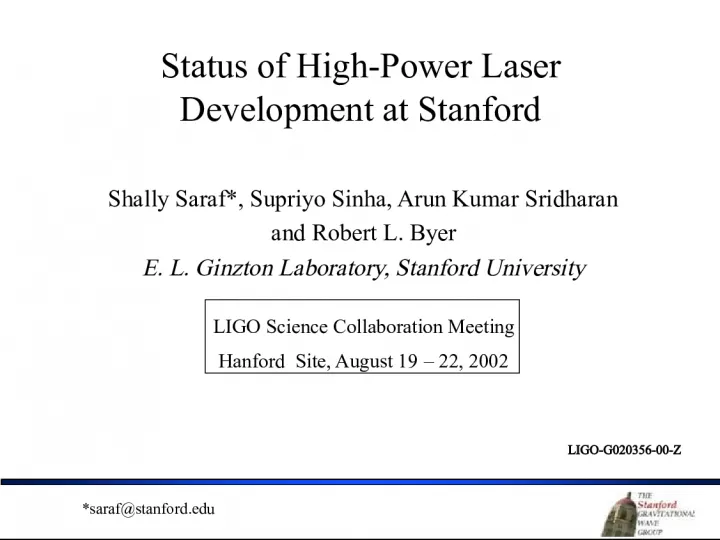

This article discusses the status of high power laser development at Stanford University, including progress since the Livingston LSC, demonstration results, amplifier design and status, and near future work. An overview of slab lasers and a comparison of rod vs slab lasers is also provided.
- Uploaded on | 4 Views
-
 carol
carol
About High Power Laser Development at Stanford University
PowerPoint presentation about 'High Power Laser Development at Stanford University'. This presentation describes the topic on This article discusses the status of high power laser development at Stanford University, including progress since the Livingston LSC, demonstration results, amplifier design and status, and near future work. An overview of slab lasers and a comparison of rod vs slab lasers is also provided.. The key topics included in this slideshow are high power laser, Stanford University, slab laser, rod laser, thermal lens, birefringence, depolarization, thermal distortions,. Download this presentation absolutely free.
Presentation Transcript
1. Status of High-Power Laser Development at Stanford Shally Saraf*, Supriyo Sinha, Arun Kumar Sridharan and Robert L. Byer E. L. Ginzton Laboratory, Stanford University LIGO Science Collaboration Meeting Hanford Site, August 19 22, 2002 *saraf@stanford.edu LIGO-G020356-00-Z
2. Outline Review of slab lasers. Progress since Livingston LSC. 100W demonstration results. 200W amplifier design and status. (Near) future work.
3. Rod vs Slab 1 st order thermal lens Spatially dependent birefringence (depolarization) 2 nd order thermal distortions Slightly reduced mode-fill zig-zag slab rod
4. Face-pumping vs Edge-pumping Pumping Cooling zig-zag plane Pumping Cooling zig-zag plane Face- pumping Edge- pumping zig-zag slab
5. Nd:YAG Laser Head 3.8 cm
6. Amplification Goal: 100 W Two zig-zag edge-pumped slab amplifiers. Brewster ends. 3:1 aspect ratio (width/thickness). About 900 W total pump power. 10W LIGO laser followed by an external amplifier provides 20W to drive slab amplifiers.
7. Experimental Setup for 100W demonstration 10W LIGO LASER ISOL 20W AMP DUMP 2 2 2 Power Meter PB S PB S PB S Edge Pumped Slab #1 Edge Pumped Slab #2 Beam Waist ~ 300 m Beam Waist ~ 300 m DUMP DUMP
8. 100W experimental setup
9. 10W Amplifier
10. Increased NPRO power from 235mW to 418mW by turning up drive current from 1.89A to 2.4A. Realigned optical train. Output power increased to 10.4W back to original specs. Set diode temperature to 24.1 o C and pump current to 23A for the double passed amplifier. 10W Amplifier upgrade
11. 20W Amplifier Replaced Faraday Isolator following 10W LIGO Laser. Replaced faulty power supply for external 20W amplifier. Mode matched beam into 20W amplifier (waist ~ 245 m)
12. Beam quality after 20 W amplifier Measured output power ~ 24.4W.
13. Edge pumped slab head assembly
14. Slab 2 power amplifier set up
15. Complication ---- Slab #1 cracked
16. Results for slab amplifier # 1 Output Power = Input Power + Extracted Power
17. Power and M 2 measurement after slab #1 Output Power from triple passed slab #1 = 39W
18. Slab #2 single pass power output
19. Slab #2 triple pass power output Power out of MOPA ~ 71.8W
20. Thermal lens measurements Pumping Cooling zig-zag plane
21. Future work on 100W MOPA Compensate for thermal lens in second slab by using cylindrical lenses in triple pass. Faster beam quality measurements using holographic beam sampler to eliminate need for multiple wedges for attenuating power. M 2 measurement of MOPA output. Redo theoretical calculation of thermal lens.
22. End pumping topology for 200W design Motivation -> Higher efficiency Near total absorption of pump light. Confinement of pump radiation leads to better mode overlap signal IN Pump 0.6% Nd:YAG undoped end undoped end signal OUT
23. Pre-amplifier Design : End-pumping 20 W 160 W 2-slab end-pumped double passed amplifier Crystal Dimensions Width = 1.11 mm, Length = 6.6 cm, Thickness = 0.9 mm Slab Design Issues 1. Parasitic suppression 2. Pump light coupling and absorption Courtesy, Hagop Injeyan, TRW
24. Expected MOPA System Performance Amplifier Input Power Multi-mode Output Output TEM 00 End-pumped (P pump = 130W) 16W 60W 48W End-pumped (P pump = 435W) 48W 200W 160W Edge-pumped (P pump = 1400W) 160W 500W 400W Edge pumped design chosen for final stage because of heat extraction requirement and simpler engineering design without sacrificing much pump absorption.
25. Status of 200W design Received 8mm x 8mm Nd:YAG composites with undoped ends from Onyx. Diced up one composite in the Stanford Crystal shop. On one plate undoped end broke off cleanly from the doped portion. (possibly defective bonding from Onyx?)
26. Status of 200W design (contd .) Second composite being diced up by Crystal River Optics.
27. Future Work on 200W MOPA Get coated plates from MLD, inspect and dice up into slabs with final dimensions. Install Laser Line pump diodes with total pump power of 500W. Fabricate laser head with microchannel coolers. Integrate and start amplifier experiments.

